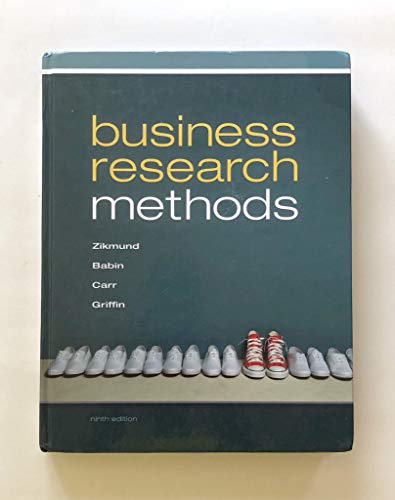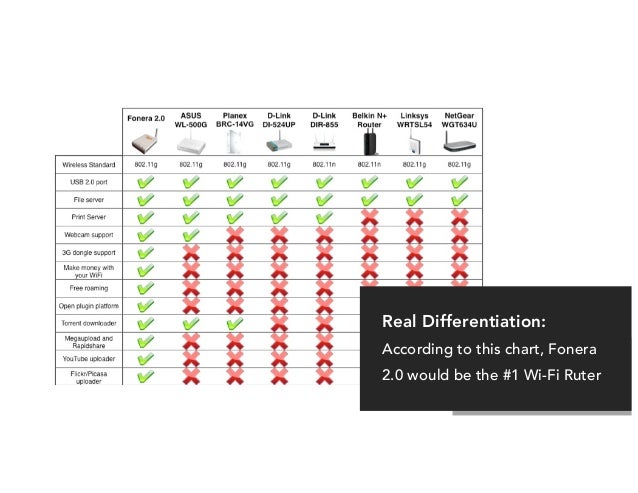Business Research Methods Rapidshare Free
Download free ebooks at bookboon.com Business Research Methods 35. An interpretive paradigm uses a qualitative research method such as discourse analysis, unstructured interviews to investigate perceptions and constructions of reality by actors in organizations, i.e. Employees, managers, shareholders etc. As authors of articles published in Business Research you are the copyright holders of your article and have granted to any third party, in advance and in perpetuity, the right to use, reproduce or disseminate your article, according to the SpringerOpen copyright and license agreement.
Please note, we are currently updating the 2018 Journal Metrics.Business Research publishes high-quality articles covering both traditional fields of business administration and cross-functional, multidisciplinary research that reflects the complex character of business problems. Of particular interest are articles devoted to developing novel perspectives or exploring new domains of research. The journal is not tied to any particular subfield, type of analysis, or national context.
It guarantees a review of a maximum of ten weeks with a definite decision after a maximum of 2 rounds. Accepted papers will immediately appear online before integrated into issues. Business Research publishes high-quality articles covering both traditional fields of business administration and cross-functional, multidisciplinary research that reflects the complex character of business problems. Of particular interest are articles devoted to developing novel perspectives or exploring new domains of research. Business Research is not tied to any particular subfield, type of analysis, or national context.
It guarantees a review of a maximum of ten weeks with a definite decision after a maximum of 2 rounds. Accepted papers will immediately appear online before integrated into issues. Business Research highly welcomes detailed appendices with data sets, program codes, spreadsheets, videos and other complementary material that allow for better understanding and replicating research.SpringerOpen journals normally request an article processing charge (APC) for each manuscript accepted after peer review. The APC is essential to ensure that the journal remains free of charge for readers everywhere. However, publication costs for articles published in Business Research are covered by the German Academic Association of Business Research, so authors do not need to pay an article processing charge.Business Research operates a double-blind peer review process.Officially cited as: Bus Res.

The Great AbsMistakeFormat: PDFCategory: Health & SportAfter 18 years in the fitness business, “How do I get great abs” is still BY FAR the most frequently asked question I receive out of the over 30,000 emails that come into my office every month. No doubt it’s because abs are the one body part that most people are the most frustrated with. Although their questions are often phrased differently and each person’s situation seems unique, my answer to “How do I get great abs” is almost always the sameand you’re about to hear it. Business Research MethodsFormat: PDFCategory: Business & MarketingContents1. Research problems and questions and how they relate to debates in Research Methods1.1 Chapter Overview1.2 Introduction1.3 The nature of business research1.4 What kind of business problems might need a research study?1.5 What are the key issues in research methods we need to understand?1.6 Questions for self review1.7 References2.
Putting the problem into context: identifying and critically reviewing relevant literature2.1 Chapter Overview2.2 How does literature relate to research?2.3 What kinds of literature should we search for?2.4 Effective literature searching2.5 Critical analysis of literature2.6 Using Harvard referencing style2.7 Questions for self review2.8 References3. Choosing research approaches and strategies3.1 Topic Overview3.2 Different perspectives of knowledge and research which underpin research design3.3 Identify differing research paradigms for business3.4 Key differences between qualitative and quantitative research methods and how and why they may be mixed3.5 Criteria of validity and reliability in the context of business research3.6 Your choice of research strategy or design3.7 Questions for self review3.8 References4.
Business Research Methods Rapidshare Free Download
Ethics in business research4.1 Chapter Overview4.2 How ethical issues arise in business research at every stage4.3 Ethical criteria used in Higher Education business research studies4.4 Strategies to ensure ethical issues in business research are addressed appropriately4.5 Questions for self review4.6 References5. Choosing samples from populations5.1 Chapter Overview5.2 How and why sampling relates to business research5.3 A range of probability and non-probability sampling techniques5.4 Selecting appropriate techniques for different research studies5.5 Assessing representativeness of samples and generalisability from samples5.6 Questions for self review5.7 References6. Quantitative research methods: collecting and analysing quantitative data6.1 Chapter Overview6.2 Anticipating how the research design is affected by data collection and analysis tools6.3 Recognising different types of data for analysis6.4 Coding and Entering data for computer analysis6.5 Choosing appropriate ways to present data through charts, tables and descriptive statistics6.6 Selecting appropriate statistical tools for the research variables6.7 Questions for self review6.8 References7. Questionnaire design and testing7.1 Chapter Overview7.2 Difficulties associated with questionnaire design7.3 Choosing from a range of question formats7.4 How to design, pilot and administer questionnaires7.5 Questions for self review7.6 References8. Using secondary data8.1 Chapter Overview8.2 What to look for as secondary data and where to find it8.3 The contribution of secondary data to business research8.4 The disadvantages of using secondary data in business research and how to overcome them8.5 Questions for self review8.6 References9. Qualitative research methods: collecting and analysing qualitative data9.1 Chapter Overview9.2 Key issues in qualitative data analysis9.3 The range of qualitative research methods applicable to different research topics9.4 How qualitative data can be prepared for analysis9.5 Computer based methods for qualitative data analysis9.6 Questions for self review9.7 References10. Practical issues in conducting interviews, focus groups, participant observation10.1 Chapter Overview10.2 Practical considerations relating to participant observation10.3 Practical issues relating to interviews10.4 Practical issues relating to focus groups10.5 Questions for self review10.6 References11.
Forecasting trends11.1 Chapter Overview11.2 Why forecasting is not widely covered in the business research methods literature11.3 Existing methodologies for forecasting11.4 Basic forecasting tools11.5 Measures commonly used to evaluate forecasts11.6 Exploring the value of forecasting methods in business practice11.7 Questions for self review11.8 References12. Presenting research reports12.1 Chapter Overview12.2 Your personal approach to writing a report12.3 The differences between writing a report for a business audience and for academic purposes12.4 Producing an oral presentation of key findings12.5 Questions for self review12.6 References. The Secret GardenAuthor: Frances Hodgson BurnettFormat: MP3Category: Novels, Audio booksThe main character of this story is Mary Lennox, a sickly, sallow and sour-faced girl. She has been born to rich British parents that are currently living in India.

Her self-interested parents were busy with extravagant parties and neglected Mary, leaving her with her ayah and wanting nothing to do with her. Orphaned by an outbreak of cholera, she is sent back to England to be cared for by her mother’s sister’s husband, Archibald Craven, a reclusive widower. Craven’s wife, Lilias, died ten years earlier. He is still mourning that loss. To escape his sad memories, he constantly travels abroad, leaving the entire manor, including Mary, to be cared for by his housekeeper, Mrs. The only person who has any time for the little girl is the chambermaid Martha Sowerby, who tells Mary about a locked up garden, surrounded by a wall that was the late Mrs.
Craven’s favorite place. No one has entered the garden since she died because Archibald locked its entrance and buried the key. He hasn’t told anyone where it is. FrankensteinAutor: Mary Wollstonecraft ShelleyFormat: PDF and MP3Category: Novels, Audio booksFrankenstein begins in epistolary form, documenting the correspondence between Captain Robert Walton and his sister, Margaret Walton Saville. Walton sets out to explore the North Pole and expand his scientific knowledge in hopes of achieving fame and friendship. The ship becomes trapped in ice, and, one day, the crew sees a dogsled in the distance, on which there is the figure of a giant man. Hours later, the crew finds Frankenstein, and in need of sustenance.

Frankenstein had been in pursuit of his monster when all but one of his dogs died. He had broken apart his dogsled to make oars and rowed an ice-raft toward the vessel. Frankenstein starts to recover from his exertion and recounts his story to Walton.
Before beginning his story, Frankenstein warns Walton of the wretched effects of allowing ambition to push one to aim beyond what one is capable of achieving.